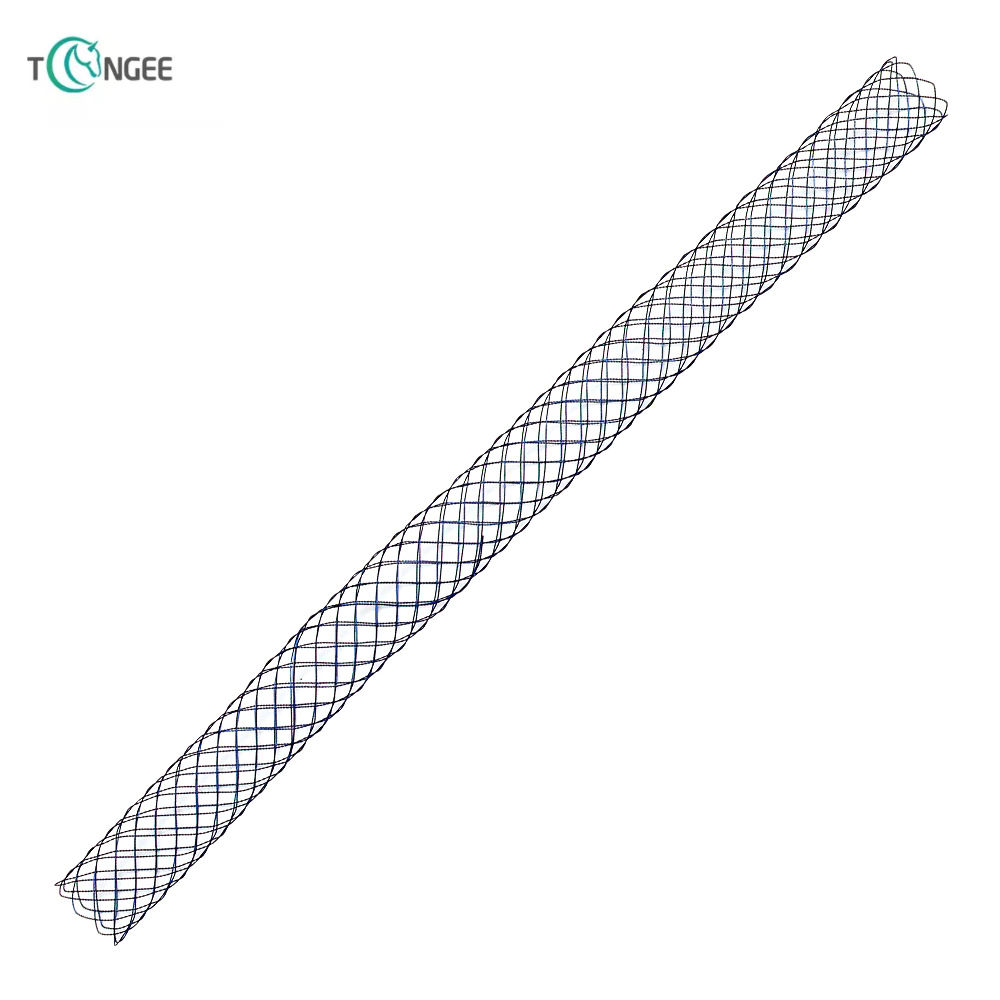Views: 3 Author: Site Editor Publish Time: 2023-09-19 Origin: Site

A PTC catheter is a drainage catheter that is placed during a percutaneous transhepatic cholangiography (PTC) procedure. Some key points about PTC catheters:
- They are used for percutaneous transhepatic biliary drainage (PTBD), which is done to relieve obstruction and drain bile externally.
- The catheter is inserted through the liver, into the bile ducts using imaging guidance. This allows drainage of bile from the biliary system.
- PTC catheters are usually 8-12 French in diameter and contain multiple side holes along their length for optimal drainage.
- They are made of soft radiopaque plastic so they can be visualized on X-ray.
- The distal end is often curved or pigtailed to help retain the catheter within the bile duct.
- The external end has a connector that attaches to a drainage bag or collection system.
- PTC catheters provide temporary drainage while obstruction is relieved by surgery, stenting, or other procedures.
- They may be left in place for days to weeks depending on the clinical situation.- The catheters require flushing and dressing care to prevent dislodgement, infection, or occlusion.
So in summary, a PTC catheter is a specially designed drainage tube placed through the liver into the bile ducts that provide external biliary drainage to relieve an obstruction. It is an integral part of the PTC and PTBD procedures.